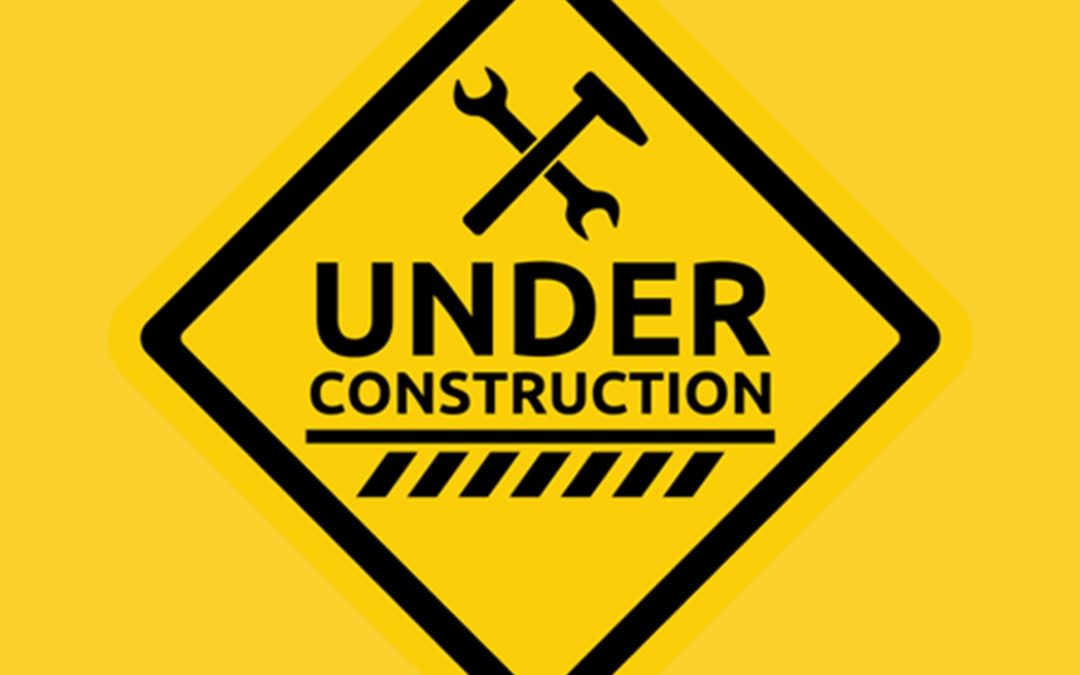1. Create a cash flow forecast
This is an estimate of the amount of money you expect to flow in and out of your business typically over a financial year period. A budget will provide a better understanding of where surpluses and shortages might arise and assists with making decisions such as planning new purchases or the timing of new borrowing facilities
It’s important, particularly for growing businesses, to forecast their profitability and future cash flow position at the same time – click here for access to my cash flow calculator, which can be used for just this purpose should you not already have online accounting software that can handle this for you.
2. Invoice properly and action follow-up
The sooner the invoice goes out, the sooner you can be paid. Review your payment terms, ensure that you can identify in a timely manner when clients are overdue, and have processes in place to follow up with customers promptly.
Other suggestions to consider are to invoice progress payments, make certain you have electronic payment options such as BPAY, and offer early payment discounts. If you’re a retailer, you’ll want to make sure your POS systems and processes are as smooth as possible.
No matter what business you’re in, the bottom line here is to make it as easy as possible for your customers or clients to pay you, and that there’s no chance of letting them slip through the net when they fail to do so.
3. Review payment terms with suppliers/creditors
There are usually opportunities to negotiate better terms with suppliers, and this can be used to help manage your cash flow and even build your relationship with suppliers.
Take time to review current contracts and take advantage of any discounts for prompt payment or extended payment opportunities (paying early is a good way to make friends in business).
It may also be worthwhile to seek competitive suppliers and obtain comparative rates.
4. Maintain a good relationship with your bank
Meet with your business banker regularly to discuss your current facilities and position to enable a better understanding of the terms of these facilities as well as other available options.
For example, there may be better interest rates available, reduced fees, more convenient ways to pay or the availability of credit. This is especially worth considering in times of natural disaster, as banks will sometimes offer more generous terms (or at least the offer of a review) for affected businesses.
Note that banks are hesitant to lend for any tax liabilities and will likely request running account balance accounts from the tax department when lending
5. Keep up-to-date with your tax obligations
Don’t forget to forecast income tax, superannuation liabilities and GST payments, plus ensure all lodgements and payments are made on time.
Understanding the impact of your tax obligations on cash flow is an integral part of staying on top of your business health, so we recommend business owners work hard to stay on top of these details, or make certain there’s someone significantly invested in your business’s success who can.





